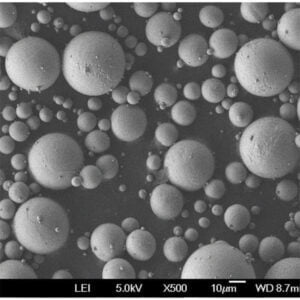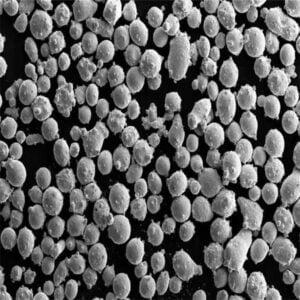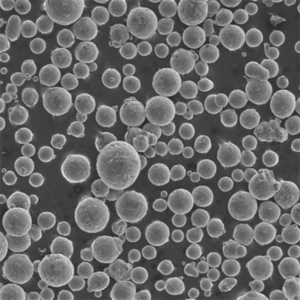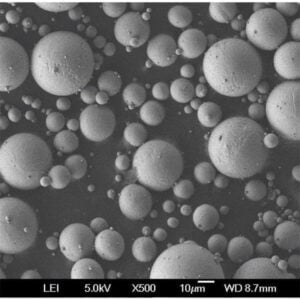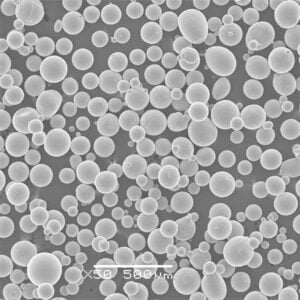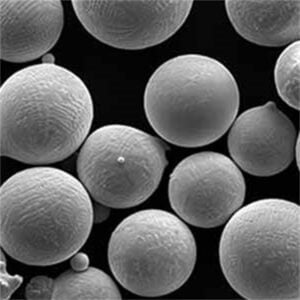Iron Base Alloys 310
Table of Contents
Overview of Iron Base Alloys 310
Iron base alloys 310 are a class of materials renowned for their exceptional resistance to high temperatures and corrosive environments. These alloys, primarily composed of iron, chromium, and nickel, exhibit remarkable properties that make them indispensable in industries demanding durability and performance under extreme conditions.
Imagine a world where components are subjected to intense heat, harsh chemicals, and constant wear and tear. This is where iron base alloys 310 shine. Their unique composition and microstructure endow them with a combination of strength, oxidation resistance, and creep resistance that few other materials can match.
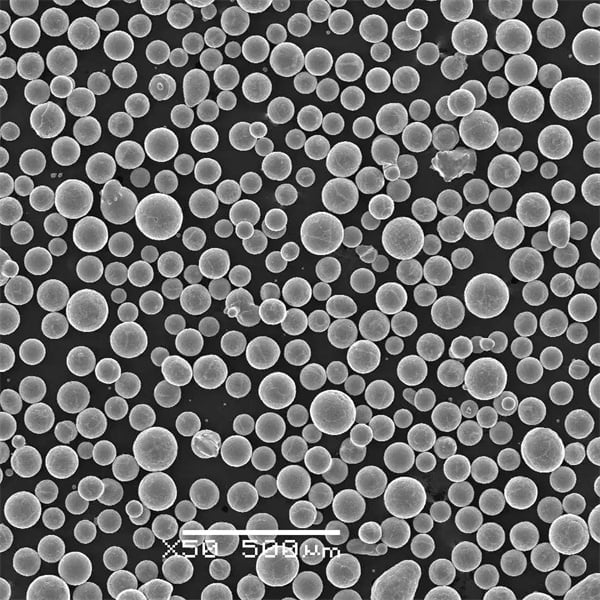
Composition of Iron Base Alloys 310
The backbone of iron base alloys 310 is, as the name suggests, iron. However, it’s the strategic addition of chromium and nickel that truly sets these alloys apart. Chromium forms a protective oxide layer on the surface, acting as a shield against oxidation. Nickel enhances the alloy’s resistance to corrosion and improves its overall toughness.
Let’s delve into the typical composition of iron base alloys 310:
| Component | Typical Range (%) | Role |
|---|---|---|
| Iron | Balance | Base metal providing strength |
| Chromium | 22-26 | Forms protective oxide layer |
| Nickel | 20-25 | Enhances corrosion resistance and toughness |
| Other Elements | Small amounts | Fine-tune properties (e.g., cobalt, molybdenum, silicon) |
Characteristics of Iron Base Alloys 310
Iron base alloys 310 boast an impressive array of characteristics that make them ideal for demanding applications:
- High-Temperature Resistance: These alloys can withstand incredibly high temperatures without compromising their strength or integrity.
- Oxidation Resistance: The formation of a protective chromium oxide layer prevents oxidation and scaling at elevated temperatures.
- Corrosion Resistance: Iron base alloys 310 exhibit excellent resistance to a wide range of corrosive environments, including acids and alkalis.
- Creep Resistance: These alloys maintain their shape and strength under prolonged exposure to high temperatures and stresses.
- Good Formability and Weldability: Iron base alloys 310 can be readily formed and welded into various shapes and components.
- Non-Magnetic: This property is beneficial in certain applications where magnetic interference is undesirable.
Applications of Iron Base Alloys 310
The exceptional properties of iron base alloys 310 make them indispensable in a variety of industries:
| Industry | Applications |
|---|---|
| Aerospace | Turbine components, exhaust systems, heat shields |
| Automotive | Exhaust manifolds, turbochargers, catalytic converters |
| Chemical Processing | Heat exchangers, reactors, piping systems |
| Oil and Gas | Downhole equipment, piping, valves |
| Power Generation | Furnace components, boiler tubes, superheater tubes |
Specifications, Sizes, and Grades of Iron Base Alloys 310
Iron base alloys 310 are available in various specifications, sizes, and grades to meet the diverse needs of different applications.
| Specification | Description |
|---|---|
| ASTM A240 | Standard specification for chromium and chromium-nickel stainless steel plate, sheet, and strip |
| ASME SA240 | Boiler and pressure vessel code for chromium and chromium-nickel stainless steel plate, sheet, and strip |
| Size | Available Forms |
|---|---|
| Plate | Various thicknesses and dimensions |
| Sheet | Various thicknesses and widths |
| Strip | Various thicknesses and widths |
| Pipe | Various diameters and wall thicknesses |
| Bar | Various diameters and lengths |
| Grade | Composition and Properties |
|---|---|
| 310 | Standard grade with good oxidation and corrosion resistance |
| 310S | Low-carbon version with improved weldability |
| 310H | High-temperature version with enhanced creep resistance |
Suppliers and Pricing of Iron Base Alloys 310
Iron base alloys 310 are supplied by numerous manufacturers and distributors worldwide. Pricing varies depending on alloy grade, product form, quantity, and market conditions.
| Supplier | Location | Product Range |
|---|---|---|
| Supplier A | Country A | Plates, sheets, pipes, bars |
| Supplier B | Country B | Custom alloy formulations, forging, machining |
| Supplier C | Country C | Distribution network, inventory, technical support |
Note: Pricing information is subject to change and should be obtained from specific suppliers.
Iron Base Alloys 310: Pros and Cons
Iron base alloys 310 offer a compelling combination of advantages and limitations:
Pros:
- Excellent high-temperature and oxidation resistance
- Good corrosion resistance
- Good formability and weldability
- Non-magnetic
Cons:
- Relatively high cost compared to other materials
- Lower strength compared to some high-temperature alloys
Metal Powder Models for Iron Base Alloys 310
Several metal powder models are available for iron base alloys 310, each with its own characteristics and applications:
- Gas Atomized Powder: Produced by injecting molten metal into a high-pressure gas stream, resulting in spherical particles with excellent flowability and compressibility.
- Water Atomized Powder: Created by injecting molten metal into a water spray, yielding irregular-shaped particles with higher oxygen content.
- Plasma Spray Powder: Obtained by melting metal in a plasma torch and rapidly cooling the molten droplets, producing spherical or angular particles with fine microstructure.
- Rotary Atomized Powder: Generated by rotating a molten metal stream and subjecting it to a high-pressure gas, resulting in spherical or flake-shaped particles.
- Pre-alloyed Powder: Manufactured by alloying the desired elements in the molten state before atomization, ensuring homogeneous composition.
- Mechanical Alloy Powder: Produced by mechanically mixing elemental powders and subsequently processing them to achieve a desired composition.
- Sintered Powder: Created by compacting metal powder and sintering it at high temperature to produce a porous or dense structure.
- Decomposed Powder: Derived from the decomposition of metal compounds, resulting in fine and reactive powder particles.
- Recycled Powder: Produced by recycling metal scrap or machining waste through various processes.
- Hybrid Powder: A combination of two or more powder production methods to achieve specific properties.
The choice of metal powder model depends on the desired properties of the final product, processing requirements, and cost considerations.
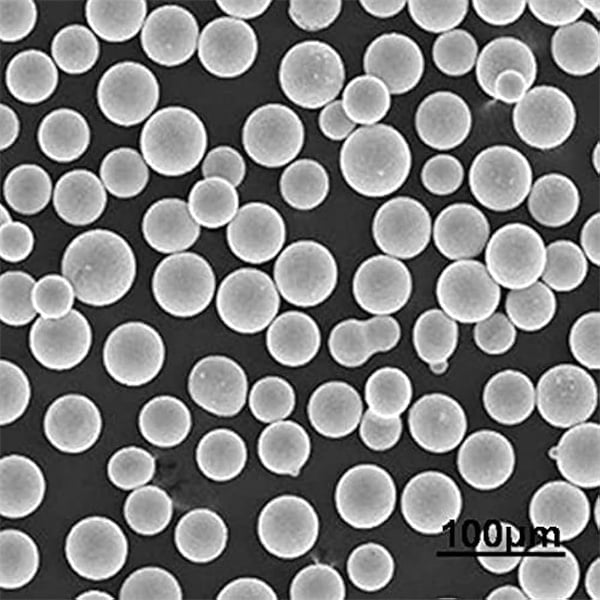
Conclusion
Iron base alloys 310 are remarkable materials that have earned their place in industries demanding exceptional performance under harsh conditions. Their unique combination of properties, coupled with the availability of various metal powder models, makes them versatile and adaptable to a wide range of applications. As technology continues to advance, we can expect further innovations in iron base alloys 310, expanding their potential and driving new frontiers in materials science.
Share On
MET3DP Technology Co., LTD is a leading provider of additive manufacturing solutions headquartered in Qingdao, China. Our company specializes in 3D printing equipment and high-performance metal powders for industrial applications.
Inquiry to get best price and customized Solution for your business!
Related Articles
About Met3DP
Recent Update
Our Product
CONTACT US
Any questions? Send us message now! We’ll serve your request with a whole team after receiving your message.

Metal Powders for 3D Printing and Additive Manufacturing
COMPANY
PRODUCT
cONTACT INFO
- Qingdao City, Shandong, China
- [email protected]
- [email protected]
- +86 19116340731






